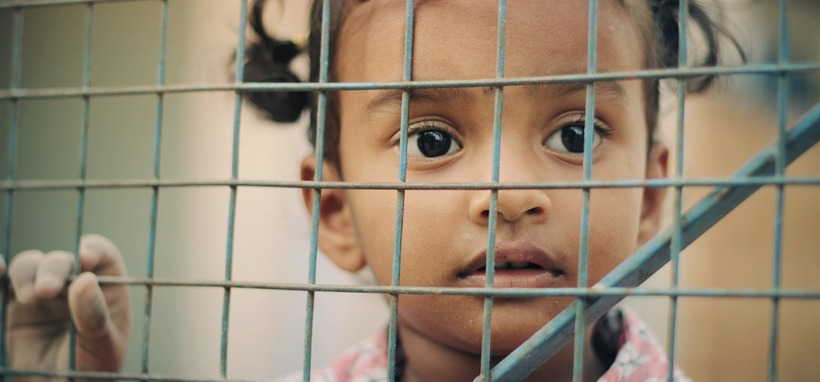President's Blog
The 2016 State of Child Homelessness In the U.S. and Beyond

Huffington Post Blog by Jean Michel Giraud
A leading voice in the effort to combat homelessness with innovative solutions, Jean Michel has been been a contributor for the Huffington Post for since 2012.
Many children around the world and in the United States do not have a place to call home this holiday season. Here are the staggering figures:
Conflicts have sent millions of people on roads and seas in an attempt to escape war.
UNICEF points to 28 million children living in homelessness as a result of conflicts in Syria, Iraq, Afghanistan, Eritrea, Somalia and South Sudan.
The report further explains that 10 million of these children are child refugees, one million are asylum seekers whose status is still unsure and 17 million are still in their home countries unable to escape.
These are heart-wrenching figures as we prepare to celebrate the holidays.
UNICEF also estimates that around 250 million children are affected by war in one way or another. The report explains that many children and teens are fending for themselves in unknown countries where they can be exposed to racial prejudice and exploitation. In fact, the number of children traveling alone has tripled between 2014 and 2015, rising to 100,000. These young people have applied for asylum in almost 80 countries.

Children and teens traveling alone are more vulnerable.
Since 2014, thousands of refugee children are said to have disappeared in Europe alone. The EU is concerned about the trend. Authorities fear human traffickers have been involved in these disappearances. Some unaccompanied migrant children living in the shadows without help from local governments are falling into crime, trafficking and prostitution in order to survive. In Italy, 90% of migrant minors arrived on their own this year according to UNICEF, and in Germany, over 40,000 minors arrived in 2015.
Here in the US:
Child and youth homelessness results from poverty, lack of affordable, and broken social ties—not war –but some of the trends are similar. Children and youth also face abuse, trafficking and other forms of exploitation. They live in sub-standard conditions, with youth in the US not seeking support out of the fear they may be sent back home or made to join the foster care system. African-Americans are disproportionately represented in these groups, pointing to the fact that racial disparity is linked to child, youth and, really, any form of homelessness. For these marginalized youth, as for the young refugees in Europe, the level of risk is higher day-to-day.
The National Alliance to End Homelessness estimates that 50,000 American youths experience homelessness every day.
This number only amounts to a snapshot.
According to the HUD Point-In-Time study, out of the 564,708 people counted as experiencing homeless in 2015, twenty-three percent, or 127,787 of them were children.
But some estimates go deeper. A report from the American Institute for Research refers to 2.5 million children experiencing homelessness in the US. This significant discrepancy is due to the fact that HUD counts once a year for a limited period of time.
The simple fact is that children and teens are being exposed to exploitation and unsafe situations—a clear call for mobilization for systems worldwide! Although we might consider there are degrees of homelessness, looking at figures more closely helps us realize the magnitude of our problems, both globally and in the US.
As we look ahead to 2017, let’s all vow to do something about this in both small and bigger gestures.
The time has come for us to check the facts against our values. A country and a world where children suffer so much are simply at odds with those very values.






